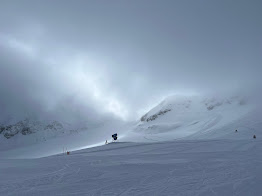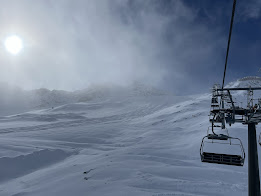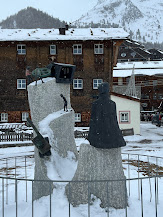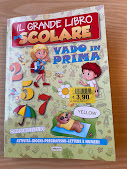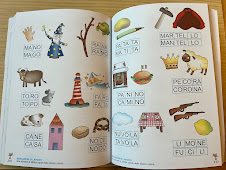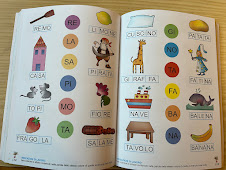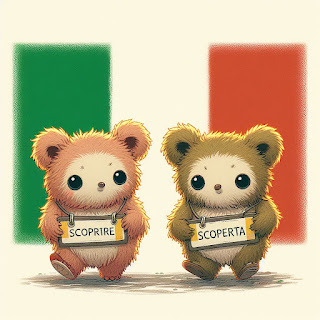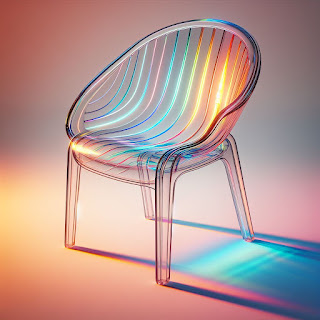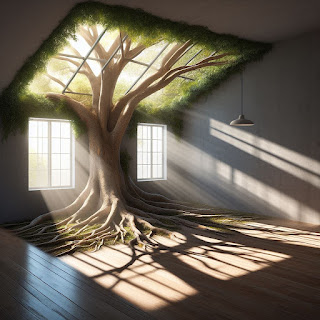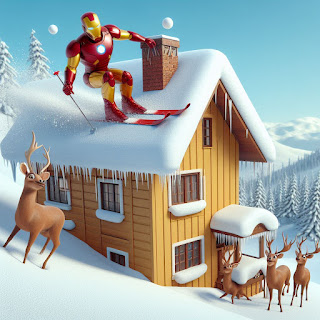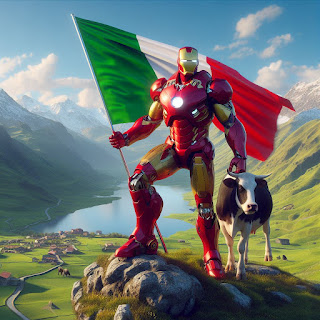
36 album covers for Travelmarx Spring 2024 Playlist - Anti-Rage Time
Our Spring Spotify playlist (link) is dedicated to “anti-rage”. We’ve seen too many stories in the news dealing with rage (justified or not) and wondered if there was an opposite term. There doesn’t seem to be and when I asked my friendly AI chat bot it said: ““anti-rage” is not commonly used or recognized in the English language. The concept of ‘anti-rage’ could potentially refer to a state of calmness, tranquility, or peace, which would be the opposite of rage.” We like that.
The playlist has 36 tracks released between 1966 to 2023. Out of shear laziness, we arrange the tracks in chronological order.
1966 Astrud Gilberto – “Berimbau”
1976 Lou Reed – “Charley's Girl”
2004 Jake Fior – “For Lovers”
2007 Lonely Drifter Karen – “The Owl Moans Low”
2008 Neko Case – “At Last”
2008 Sophie Hunger – “Shape”
2009 Matias Aguayo – “Rollerskate”
2009 Neko Case – “Magpie to the Morning”
2011 John Stammers – “Idle I’m”
2012 John Maus – “The Law (2003)”
2012 Lawrence of Arabia – “The Listening Times”
2012 Soko – “I Just Want to Make It New with You”
2013 The Magnetic North – “Betty Corrigall”
2014 Liz Green – “River Runs Deep”
2015 Hindi Zahra – “Can We Dance?”
2015 Papooz – “Ulysses and the Sea”
2015 Vashti Bunyan – “Train Song”
2016 case/lang/veirs – “Greens of June”
2016 Papooz – “Ann Wants to Dance”
2016 Ultimate Painting – “Lead the Way”
2016 Waldeck – “Una volta”
2016 Weval – “You Made It (Part 1)”
2017 Gabriel Garzón-Montano – Fruitflies
2021 Aaron Frazer – If I Got It (Your Love Brought It)
2021 trentemøller, Tricky – “No One Quite Like You”
2022 Alela Diane – “Paloma"
2022 Danielle Ponder – “So Long”
2022 Danielle Ponder – “So Long”
2022 Kendra Morris – “Dry"
2022 Maxwell Farrington – “I Had It All”
2022 Maxwell Farrington – “I Had It All”
2022 Nev Cottee – “The Ring”
2022 Panamá 77 – “Patria"
2023 Barry Can’t Swim – “Deadbeat Gospel”
2023 Jon Kennedy – “Monsters”
2023 Loverman – “Differences Aside”
2023 The Clientele – “Blue Over Blue”
2023 The Leisure Society, Brian Eno – “Brave Are the Waves”
